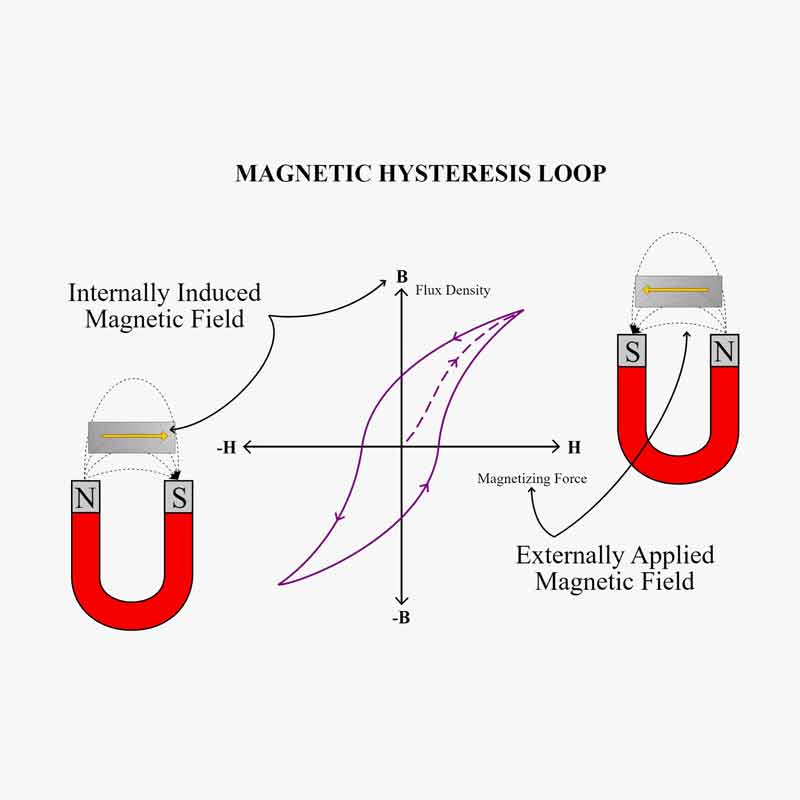Recent Post

Magnets in Restaurant Kitchens

Global supply challenges and HYAB’s role

Electromagnets – a more controllable magnet

Magnetic filtration in the process industry

Sheet metal handling – Easier with magnets
The B-H curve (hysteresis curve)
Published: 2023-06-19 16:27:57 • Daniel Gårdefelt
Today we will talk about the magnetization curve, also known as B-H curve which is one of the most important thing to understand how magnetic materials behave. We're going to explain magnetic hysteresis, permeability, and resistance, as well as how they all fit together in the B-H curve.
The B-H curve is at the center of magnets.
The B-H curve, which is also called the magnetization curve, is a key part of figuring out what magnetic materials are like. It shows how the magnetic flux density (B) changes with the strength of the magnetic field (H). This curve is important for making new materials, improving magnetic circuits, and making electrical devices work better.
Magnetic flux density (B): Imagine magnetic field lines going through a surface. That's what magnetic flux density is. It is measured in Tesla (T) or Gauss (G) and shows how many magnetic field lines are close together. Iron is a soft magnetic element with a high B value because it has a high permeability and is easy to magnetize.
Magnetic field strength (H): On the other hand, the strength of the magnetic field shows how much magnetizing force is being used. It shows how a coil or magnet can make a magnetic field. It is measured in Amperes per meter (A/m). It is an important part of figuring out how well transformers, motors, and inductors work.
Hysteresis Loop: As the strength of the magnetic field (H) goes up, the magnetic flux density (B) also goes up, but not always in a straight line. When we switch H and B, B doesn't go back to 0 right away. This delay is called magnetic hysteresis. A key part of the B-H curve, the hysteresis loop shows how materials remember their magnetic past, or how easy it is to re- and demagnetize.
Permeability and Reluctance: Permeability is a measure of how well a material lets magnetic flux run through it, while reluctance is the opposite of that. These two ideas are important for understanding the B-H curve and for making magnetic circuits that work well.
In the real world, the B-H curve is a goldmine for electrical engineers. It helps choose the magnetic materials that will be used in transformers, electric motors, and magnetic recording media. Also, it gives us important information about how to keep energy losses in magnetic devices to a minimum.
With its magnetic hysteresis, permeability, and resistance, the B-H curve is the most important thing in the field of magnetics. The B-H curve is a magnetic marvel because it has a huge effect on improving the properties of materials and making electrical systems work better.


